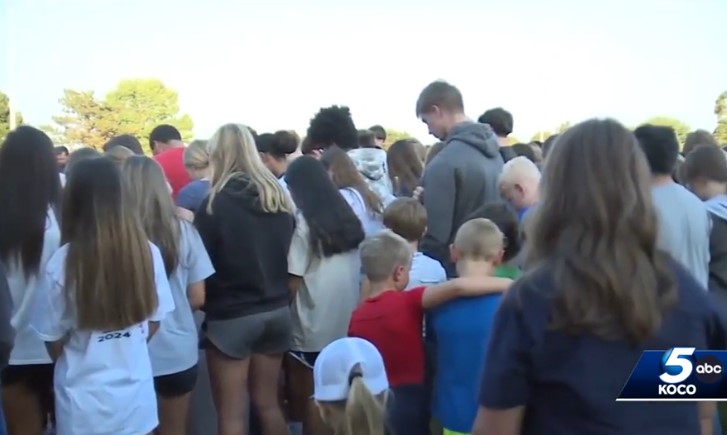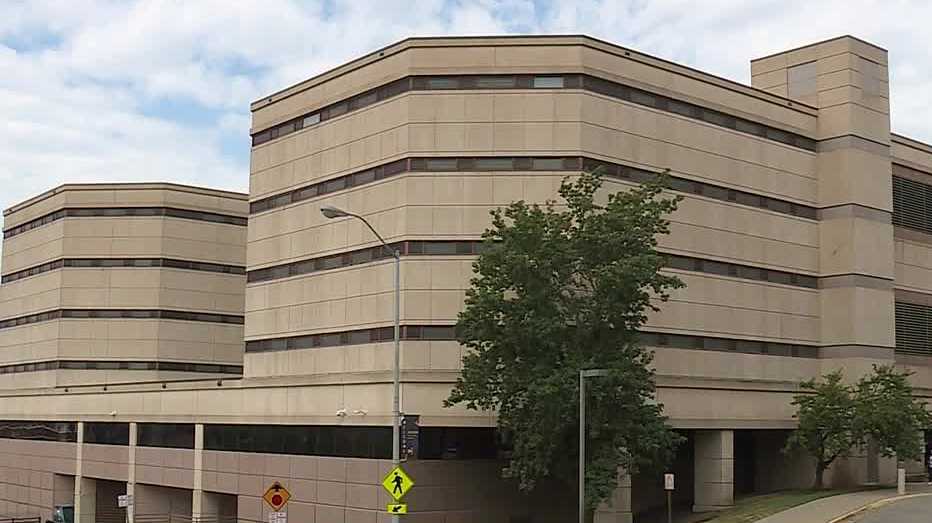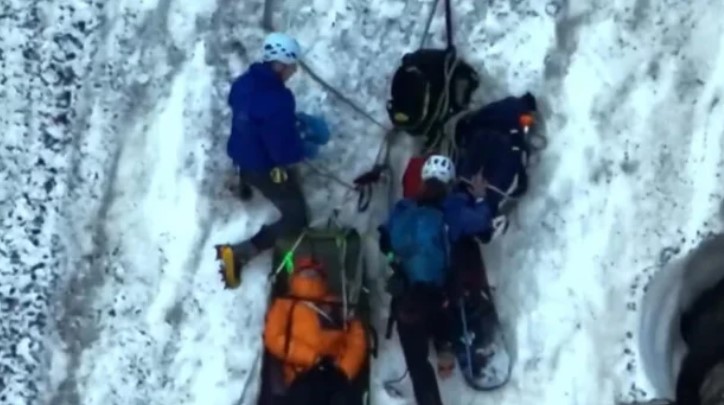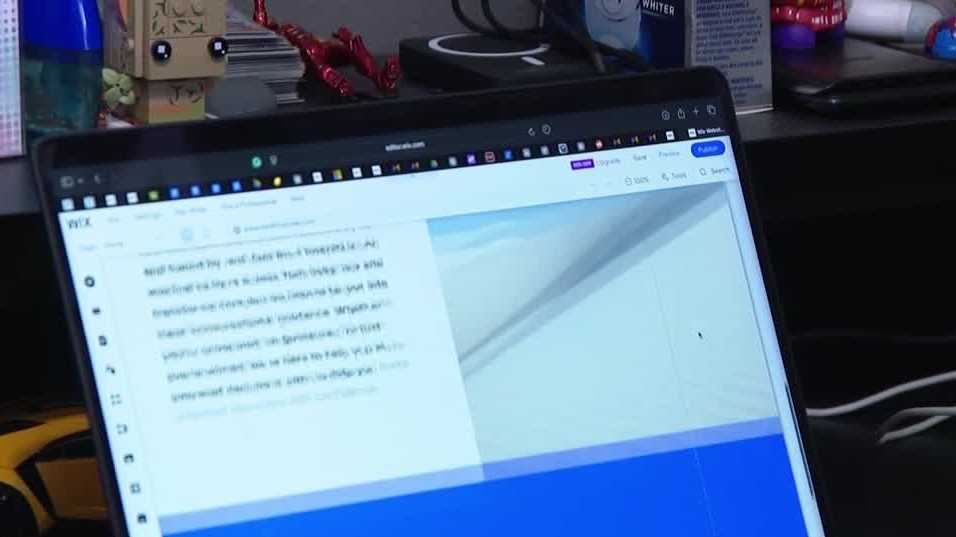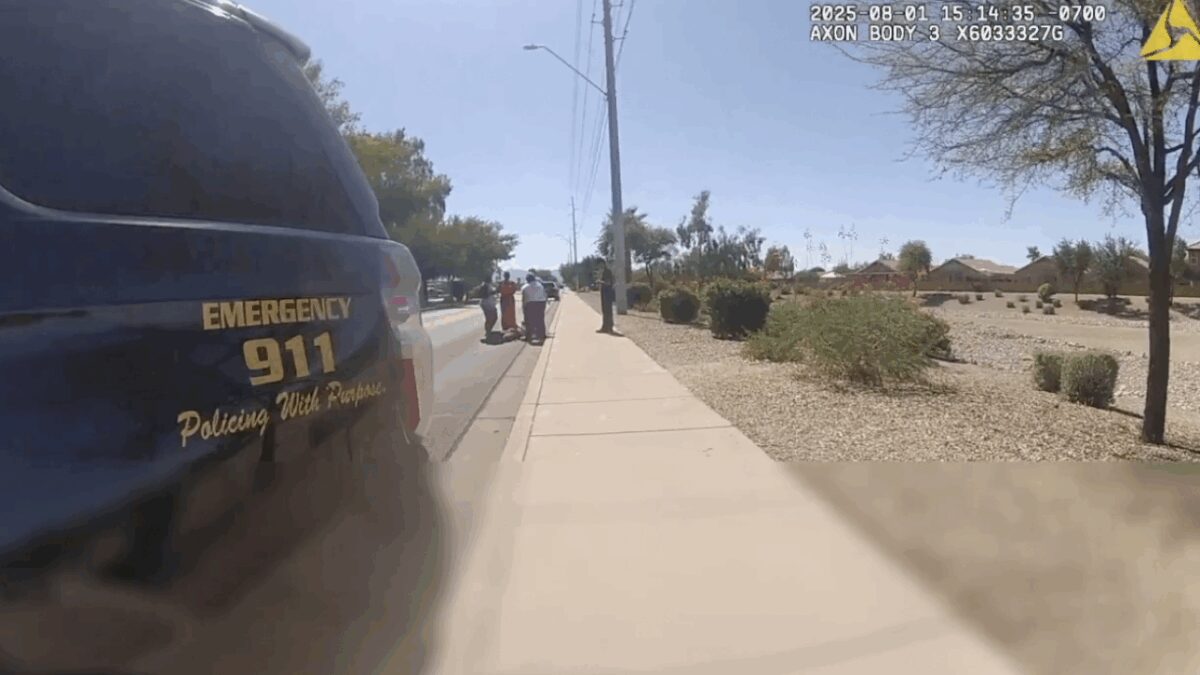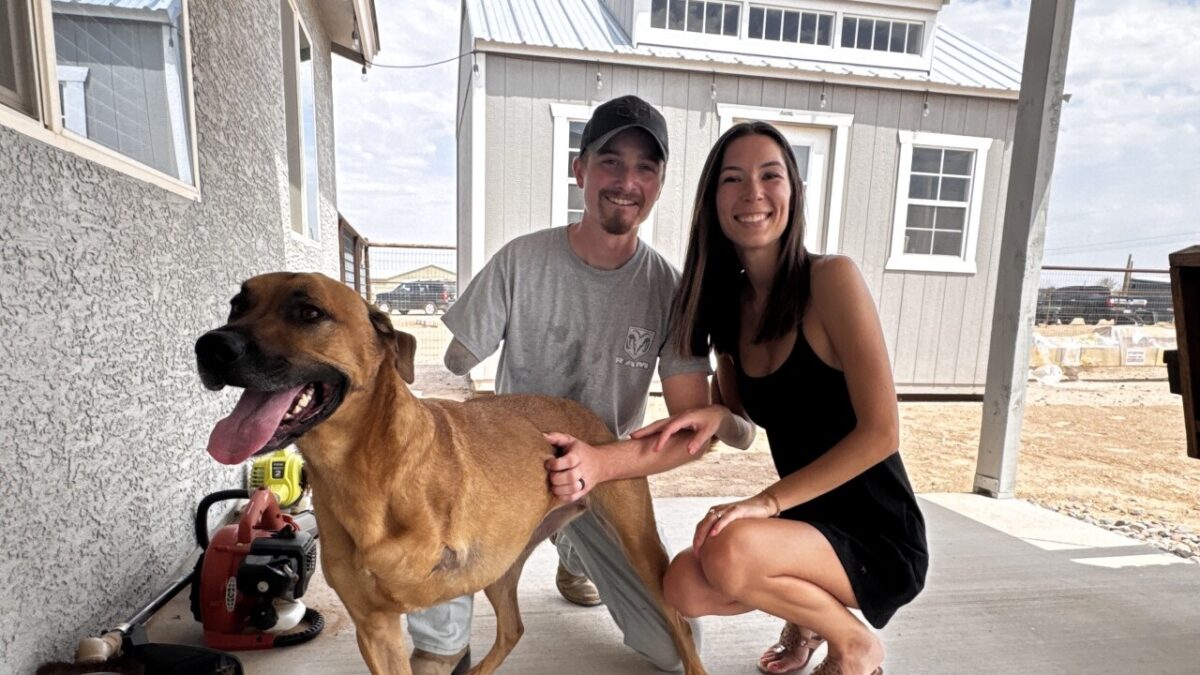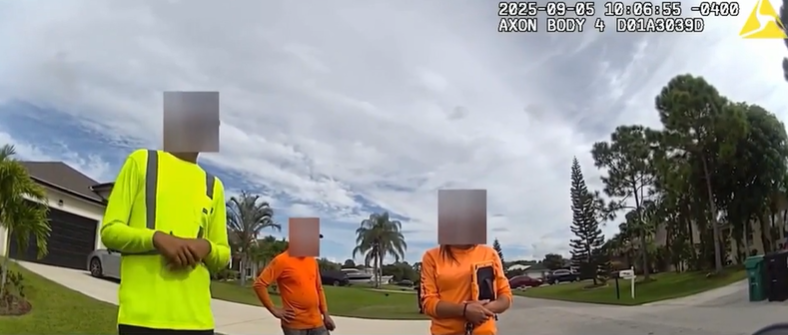By Matt Flener
Click here for updates on this story
WYANDOTTE COUNTY, Kansas (KMBC) — Charles Adair died after deputies put him in handcuffs in the Wyandotte County Detention Center on July 5th of this year.
But a new update on Friday from a medical examiner calling Adair’s death a homicide brings up two new questions:
What else happened in the moments leading up to Adair’s death?
Should any Wyandotte County deputies or jail staff involved be charged?
The homicide ruling on the final autopsy report stops short of a criminal homicide definition.
But it gives Wyandotte County District Attorney Mark Dupree another lens to view Adair’s death and determine if charges are necessary for any deputies or staff on duty in the detention center.
A final autopsy released Friday found Adair, 50, died from complications of mechanical asphyxia, according to the Kansas Bureau of Investigation.
“Mechanical asphyxia generally means that the officers physically did something,” said Dr. John G. Peters Jr., President and Chief Learning Officer of the Institute for the Prevention of In-Custody Deaths. “Usually there’s some type of activity that the correctional officers or the deputies may have done. I’m sure there’s more information in an investigative report somewhere.”
The autopsy report also cited hypertensive cardiovascular disease and liver cirrhosis from chronic alcoholism as “contributing factors.”
But, after questions from KMBC 9 Investigates on Friday, Monday, and Tuesday, no one from the Kansas Bureau of Investigation, the Wyandotte County Sheriff’s Office, and the Wyandotte County District Attorney’s office will say anything about Adair’s death, beyond two press releases from the Kansas Bureau of Investigation.
The KBI also said that it has closed its investigation and presented its findings to the Wyandotte County District Attorney’s Office.
KMBC 9 Investigates has filed multiple public records requests to learn more.
ADAIR’S ARREST AND DEATH Adair was booked on July 4 after being arrested on misdemeanor failure-to-appear warrants tied to traffic violations.
A KBI news release from July said Adair received treatment in the jail’s infirmary for a pre-existing leg wound.
When staff tried to escort him back to his cell, a press release from the KBI said Adair allegedly caused a disturbance, resisted deputies, and was handcuffed.
Deputies placed him on the lower bunk in his cell and removed the handcuffs.
Jail staff called medical personnel shortly after Adair became unresponsive.
EMS arrived and attempted lifesaving measures, but he was pronounced dead at 9:19 p.m.
The KBI said agents did not observe “any obvious signs of physical injury.”
But there are several holes in the details released so far, including the number of officers involved, when and how Adair stopped breathing, how else his medical conditions may have affected his breathing, and any other restraints used in this case.
“CULTURE OF SAFETY” NEEDED Adair’s in-custody death becomes the latest inmate to die in the United States after trouble breathing while restrained.
KMBC’s recent RESTRAINED investigation found jailers across the country often put inmates in positions where they struggled for air.
Those deaths are often complicated by external restraint devices like restraint chairs.
But other deaths include the prone position, where someone is lying down and officers are placing pressure on their back, restricting airflow.
KMBC 9 Investigates asked if Adair was ever placed in a restraint chair or other restraint device beyond handcuffs.
The KBI, Wyandotte County Sheriff’s Office, and the Wyandotte County District Attorney’s Office declined to answer.
As for the homicide definition, “The medical examiner chose that phrase for a reason,” said Peters. “It’s commonly used in these types of cases. And, you know, some follow up on exactly what he or she meant by that term, I think would be important.”
KMBC 9 Investigates has filed a records request for a physical copy of Mr. Adair’s autopsy.
Peters said all law enforcement departments also need to preach a “culture of safety,” including a safety monitor for any time multiple officers are restraining someone.
“This isn’t some abstract academic concept,” Peters said. “This is a real practical piece of tactical guidance for people in these situations.”
The organization is planning a November conference to train officers on how to safely monitor situations, among other training opportunities.
If you have a tip about this situation, KMBC 9 Investigates needs to know. Email investigates@kmbc.com.
Please note: This content carries a strict local market embargo. If you share the same market as the contributor of this article, you may not use it on any platform.
